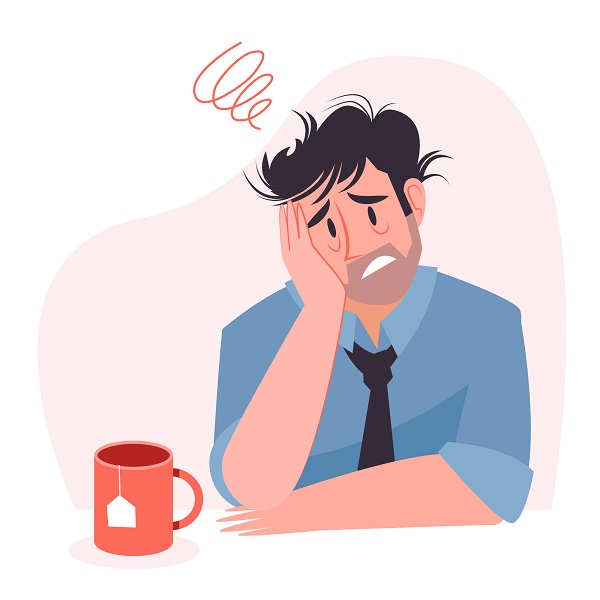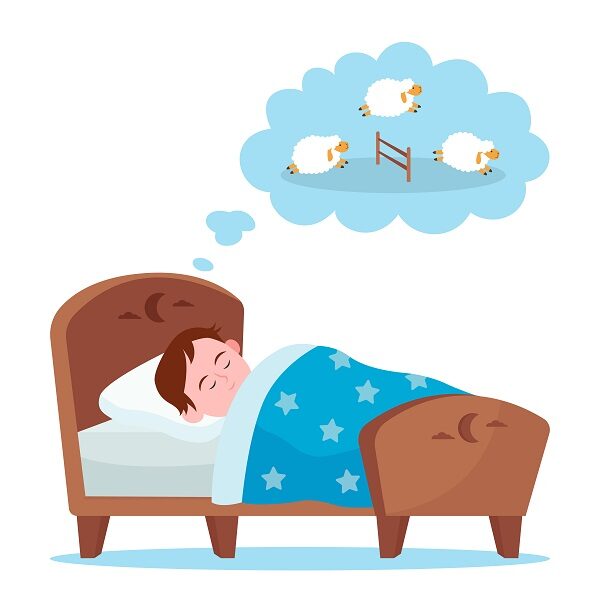
Anxiety Disorders: Types, Symptoms, and Treatment
Anxiety disorders are a group of mental health conditions characterized by excessive and persistent feelings of fear, worry, and anxiety that can significantly impact a person’s daily life. These disorders involve more than the normal, temporary feelings of anxiety that people experience in response to stress or challenging situations. Anxiety disorders are among the most common mental health disorders and can vary in their symptoms, severity, and specific triggers.
Here are some of the most common types of anxiety disorders:
Generalized Anxiety Disorder (GAD): People with GAD experience excessive and uncontrollable worry about a variety of situations, often accompanied by physical symptoms such as restlessness, fatigue, muscle tension, and difficulty concentrating.
Panic Disorder: Panic disorder is characterized by recurring panic attacks, which are sudden and intense surges of fear or discomfort that can include symptoms like a racing heart, sweating, trembling, shortness of breath, and a fear of losing control.
Social Anxiety Disorder (Social Phobia): Individuals with social anxiety disorder have an intense fear of social situations and interactions. They may worry excessively about being judged, embarrassed, or humiliated in front of others.
Specific Phobias: These involve an intense and irrational fear of a specific object or situation, such as heights, spiders, flying, or enclosed spaces. The fear often leads to avoidance behavior.
Obsessive-Compulsive Disorder (OCD): OCD is characterized by intrusive, unwanted thoughts (obsessions) and repetitive behaviors or mental acts (compulsions) that are performed to alleviate the anxiety caused by the obsessions. Common obsessions include fears of contamination or harm, and common compulsions include excessive handwashing or checking.
Post-Traumatic Stress Disorder (PTSD): PTSD can develop after a person experiences a traumatic event. Symptoms can include intrusive thoughts, nightmares, flashbacks, emotional numbness, and hyperarousal.
Separation Anxiety Disorder: This is characterized by excessive anxiety about being separated from attachment figures (often parents or caregivers), which can lead to avoidance of separation situations.
Selective Mutism: Individuals with selective mutism consistently fail to speak in specific social situations despite speaking in other contexts, often due to extreme social anxiety.
Treatment for anxiety disorders may include a combination of approaches:
Therapy: Cognitive-behavioral therapy (CBT), including exposure therapy and mindfulness-based approaches, is often used to help individuals identify and challenge negative thought patterns and develop coping strategies.
Medication: Antidepressants, particularly selective serotonin reuptake inhibitors (SSRIs), are commonly prescribed to help manage the symptoms of anxiety disorders.
Lifestyle Changes: Healthy lifestyle habits, such as regular exercise, a balanced diet, and adequate sleep, can contribute to managing anxiety.
Support Groups: Connecting with others who have similar experiences can provide a sense of understanding and validation.
It’s important to seek help from a qualified mental health professional if you or someone you know is experiencing symptoms of an anxiety disorder. Early intervention and appropriate treatment can help manage symptoms and improve overall well-being.




